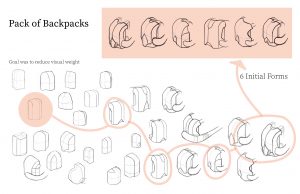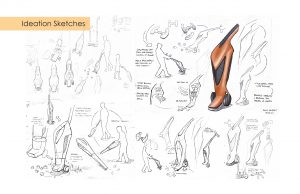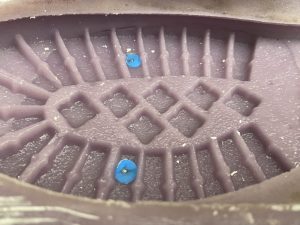
LIFT
Jessie Johnson | Apr.02, 2020

PROJECT OUTLINE
The main task for this project was to design a window bird feeder. This feeder should consider several factors. It should accommodate both humans and birds in convenience, accessibility, and attractiveness. Manufacturing costs and limitations must also be accounted for in the design’s form and materials.
Showcased in this website is the design process of my bird feeder. From preliminary research to concept development, every step has been consolidated and detailed to create a story.
MARKET RESEARCH + ROUGH PROTOTYPING + INITIAL IDEATION
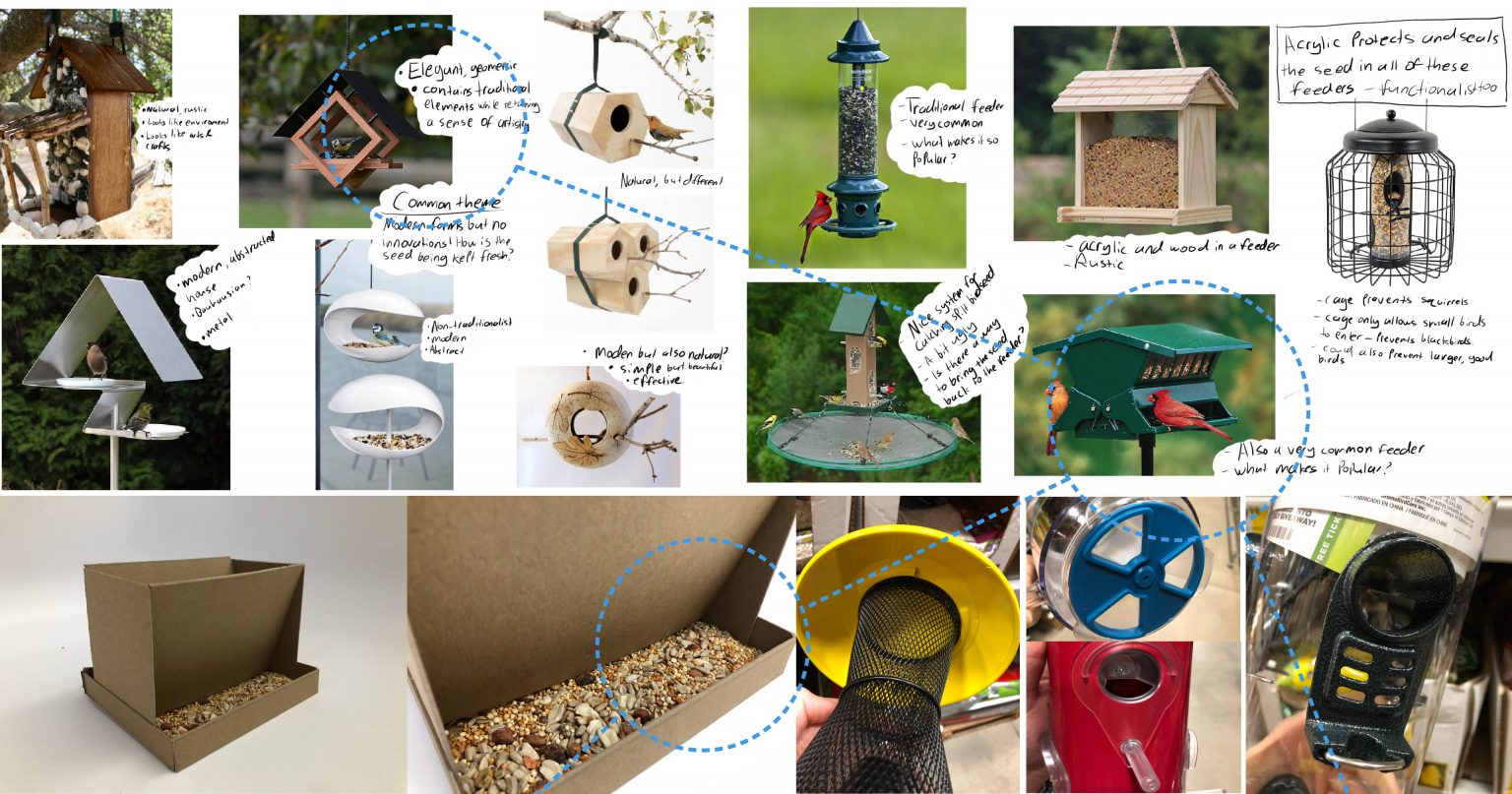
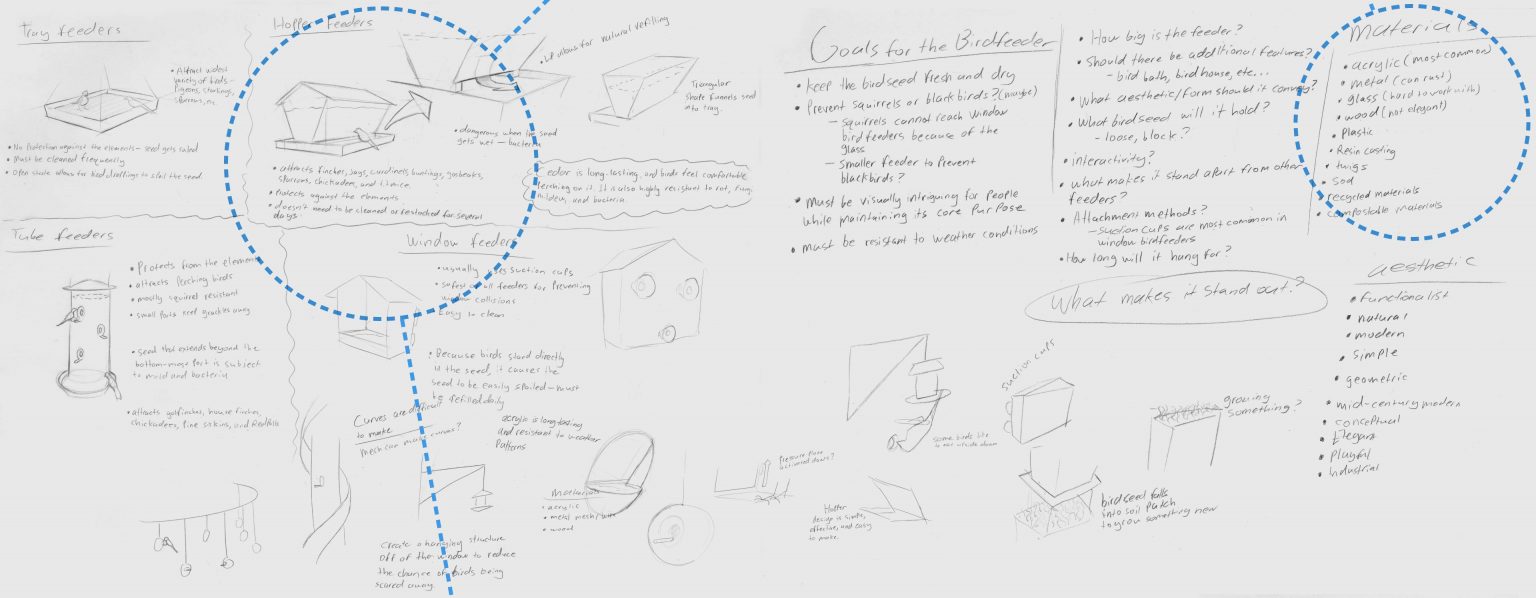
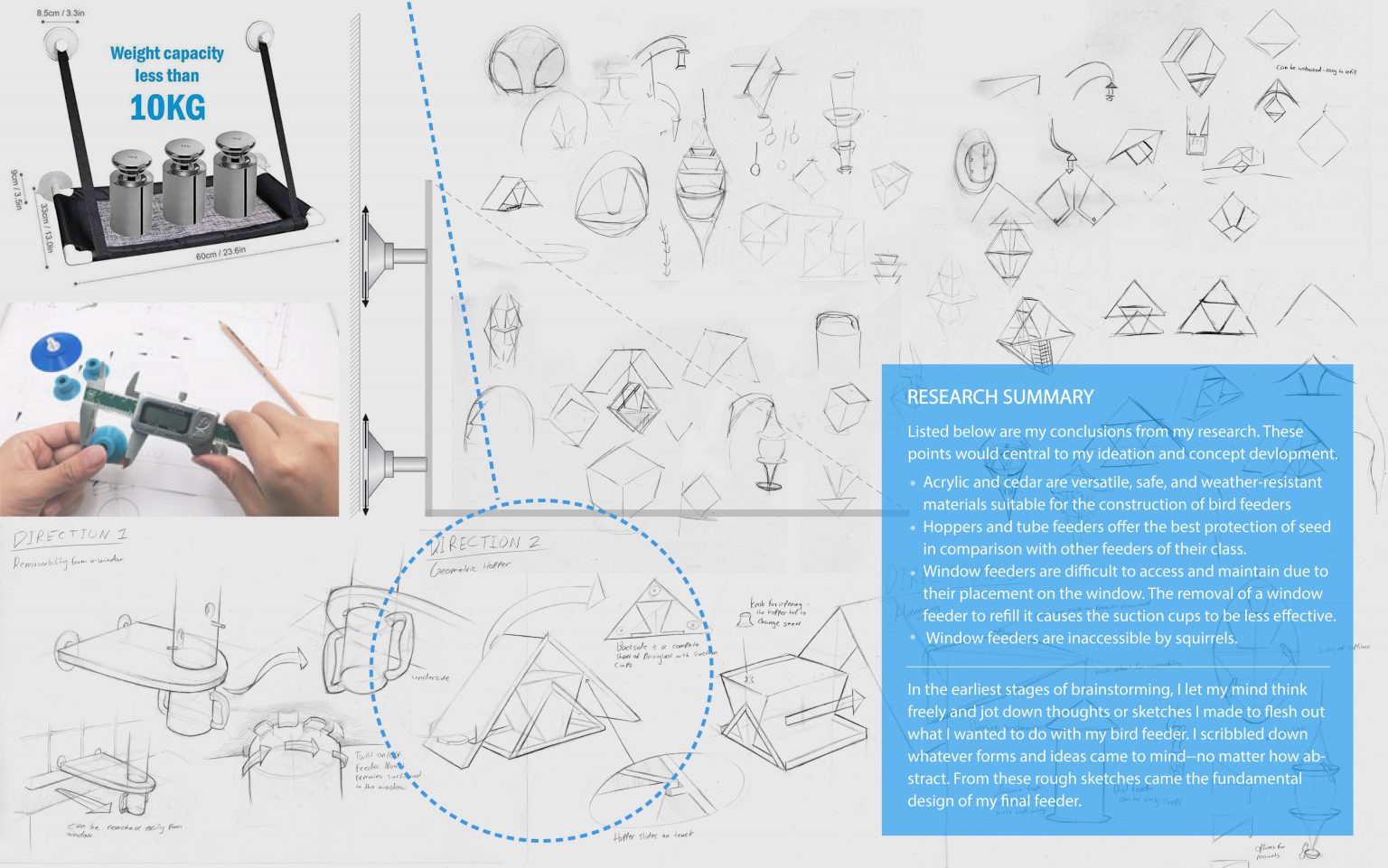
Enjoy Unrestricted View of Wild Birds
From Inches Away
DESIGN GOALS
After researching and brainstorming, the fundamental design problems I wanted to solve came to light. My concept would focus on the specific issues listed below.
Create a window birdfeeder that …
- is easier to access and maintain than a traditional window feeder.
- is aesthetically pleasing in materials and form.
- is weather resistant in both design and materials
FINAL PRODUCT
MECHANISM + STRUCTURE
After brainstorming and ideating, the final concept came into being. It would consist of three main structures centered around a primary mechanism. This mechanism is called a cord lock and it is found within window blinds. When cords are tugged right or left, the cord lock allows the object in question (which are blinds under normal circumstances) to be raised or lowered. This mechanism would be implemented into the feeder to lift a hopper up and down.
The first structure would be a stationary roof suction cupped to the window. This roof would protect the hopper from the rain and sun. It would also house the cord lock. Two, weather-resistant nylon cords would be fed into the lock, through screw eyes, and down to meet back and front of the hanging hopper. The two cords would hang beneath the entire feeder for a user to easily access from their window. The roof is made from white acrylic with cedar accents.
On the back of the roof, suction cups would be used for window mounting. These cups would never have to be removed from the window, so their effectiveness will not be diminished
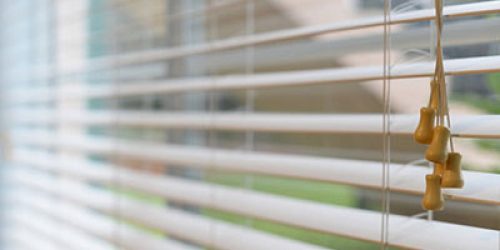
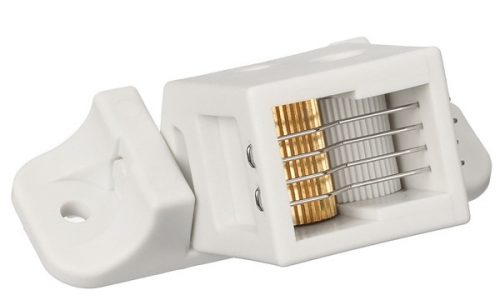
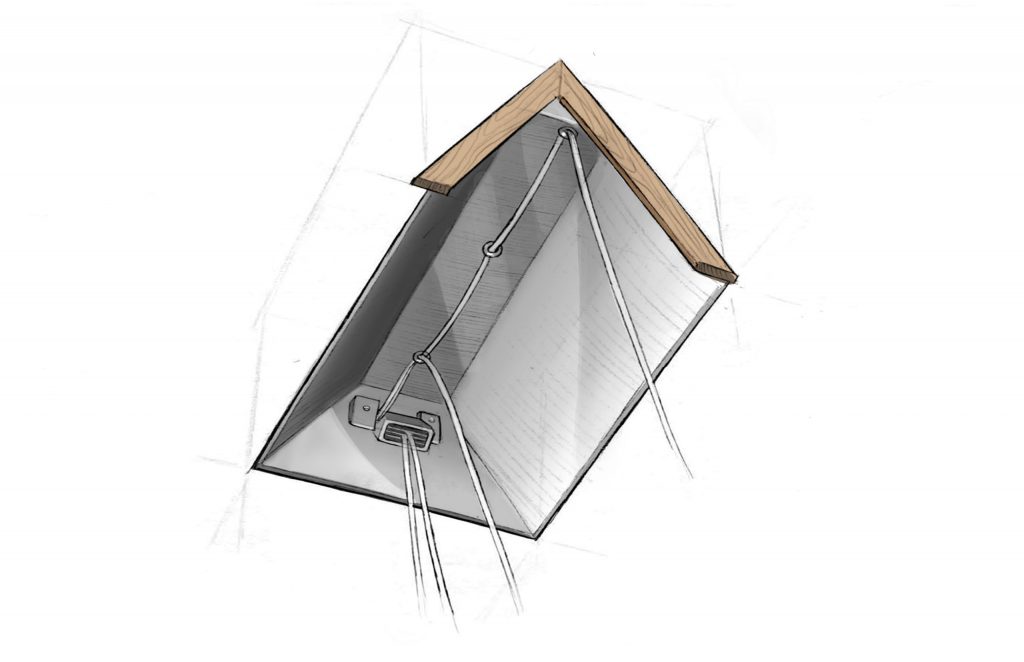
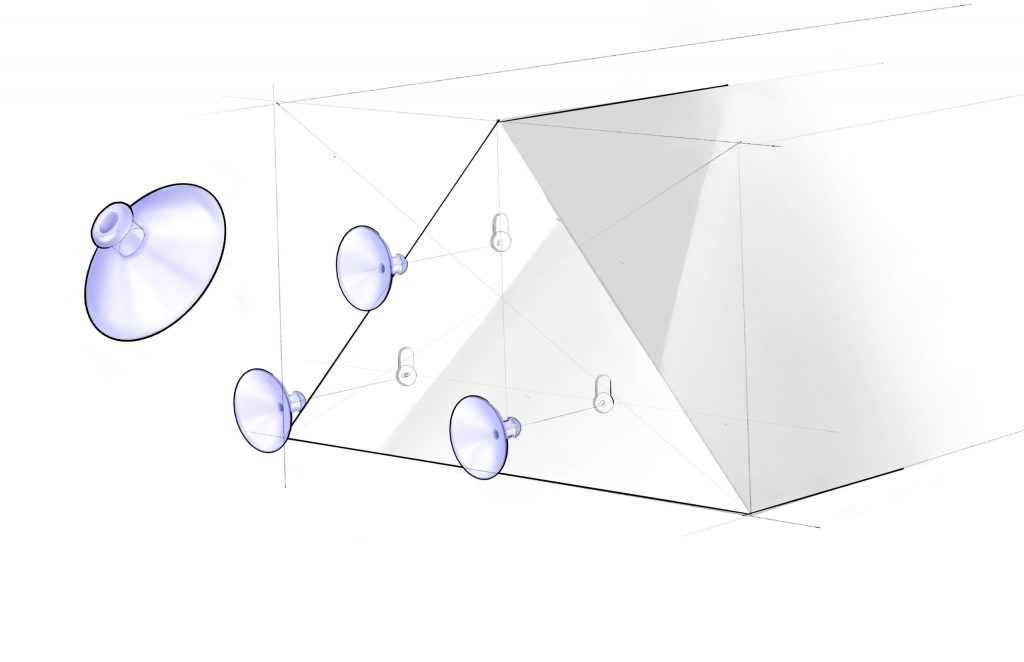
FEATURES
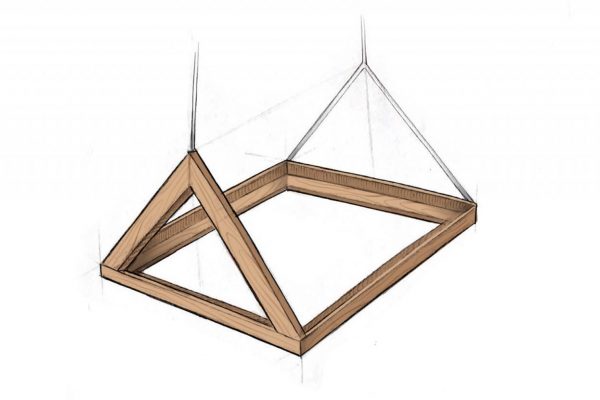
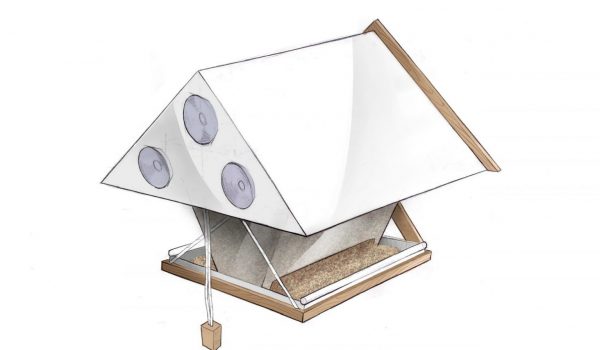
The final component of the assembly is the lift. The hopper is placed into this cedar structure. The two cords from the roof’s cord lock are fed and anchored down to the front and back. The hopper can removed from the either side of the lift.
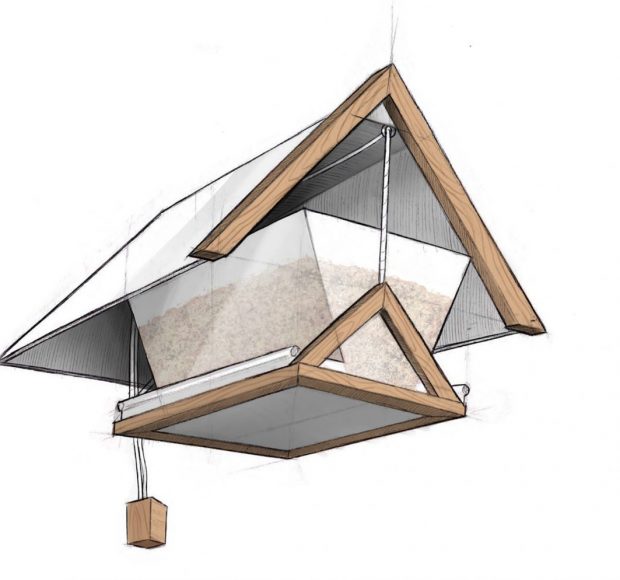
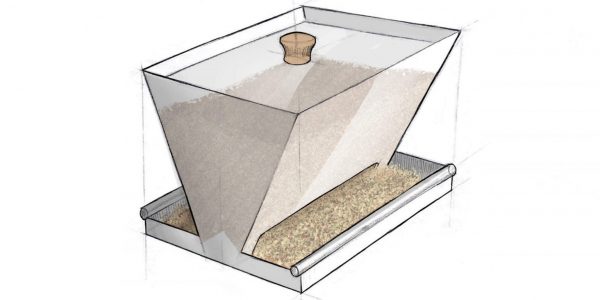
The next component would be the hopper. It is separate from the other structures and is meant to be removed for easy cleaning and refilling. The hopper can be refilled by using the knob to lift the lid off. A circular perch is also included on the edge of the seed tray for a comfortable resting place for birds. Like the roof, the hopper is made from white acrylic.
HOW IT WORKS
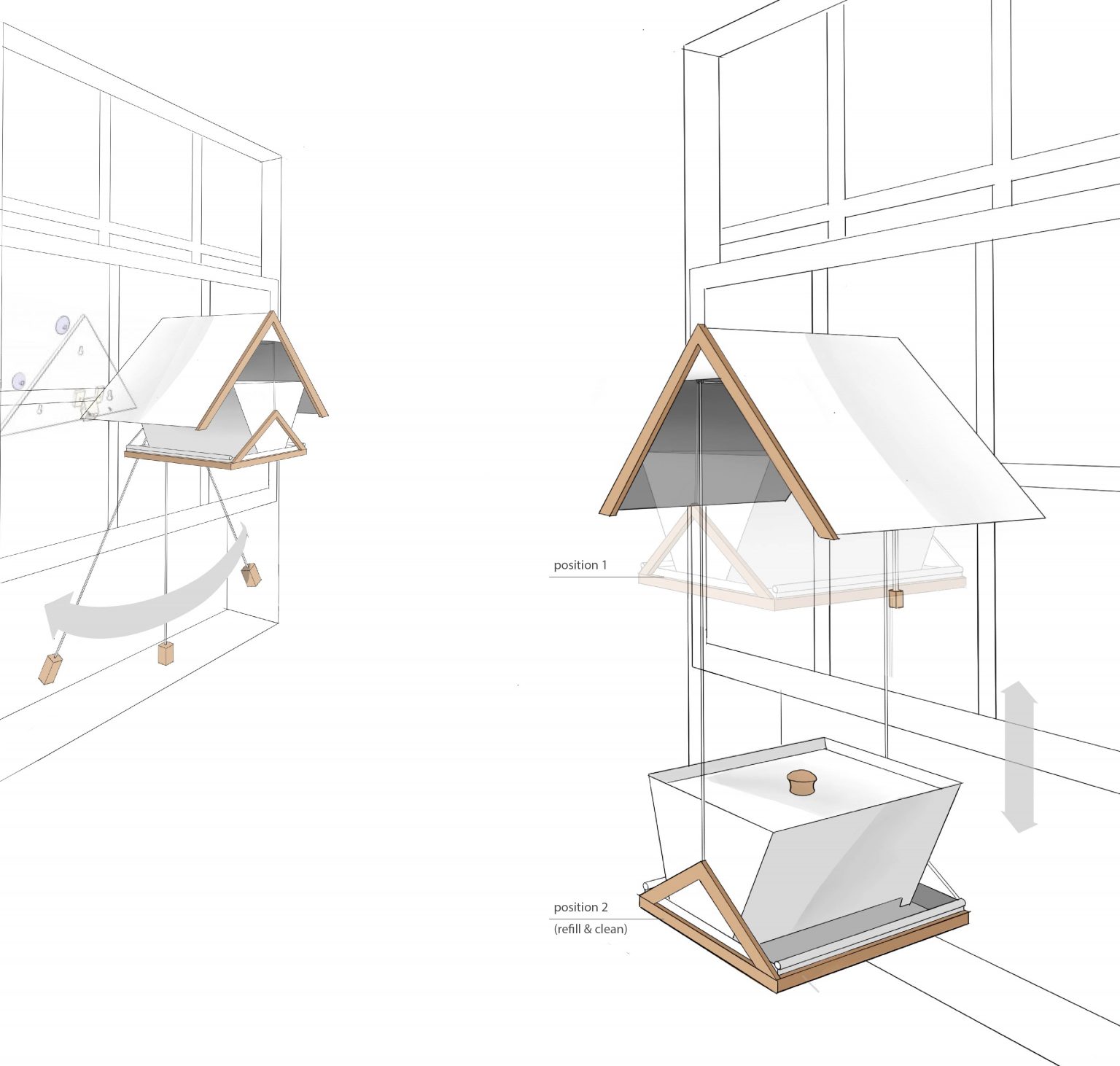
CONSTRUCTION
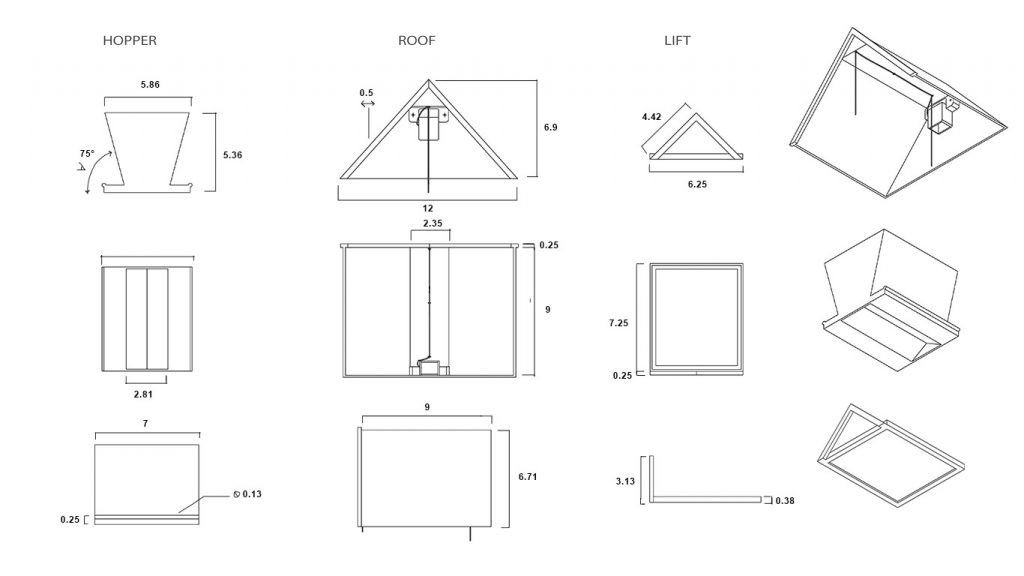
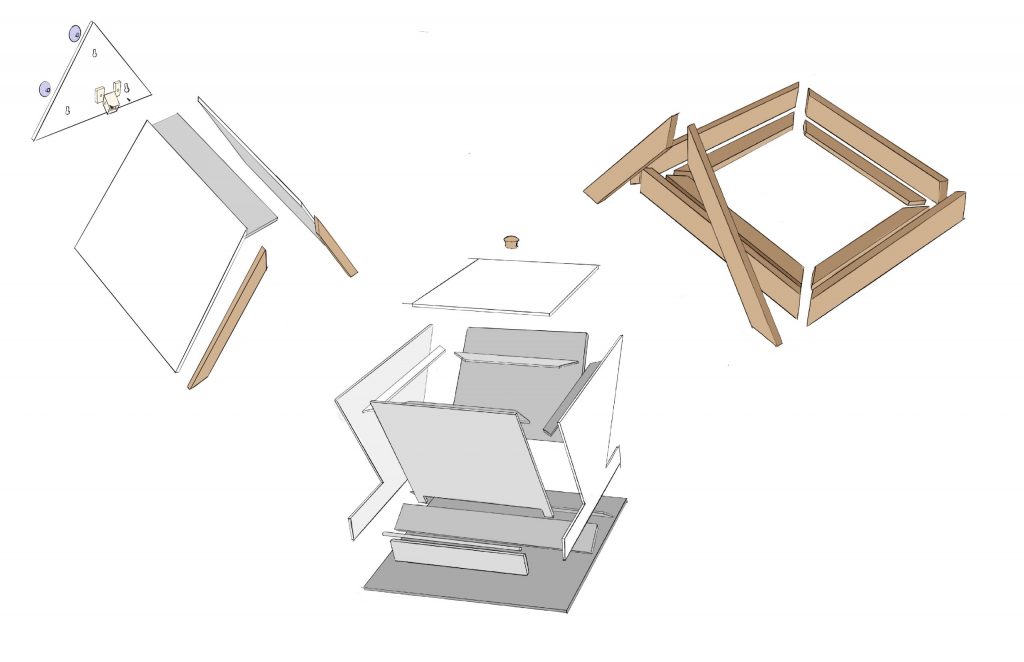
FINAL THOUGHTS
This project was an incredibly educational experience. The greatest thing I learned was how to communicate my ideas in a visual format. When designing a product, it is important that every detail is explained and easily understandable.
This was done through extensive sketching and rendering, which allowed me to develop my skills in drawing. Due to unforeseen circumstances with COVID-19, the final concept was unable to be produced. However, this pushed me to improve my drawing skills further in order to present a concept of a higher quality.
